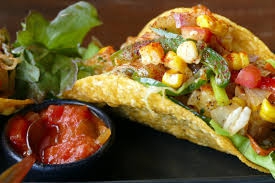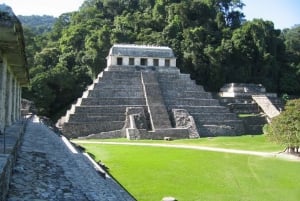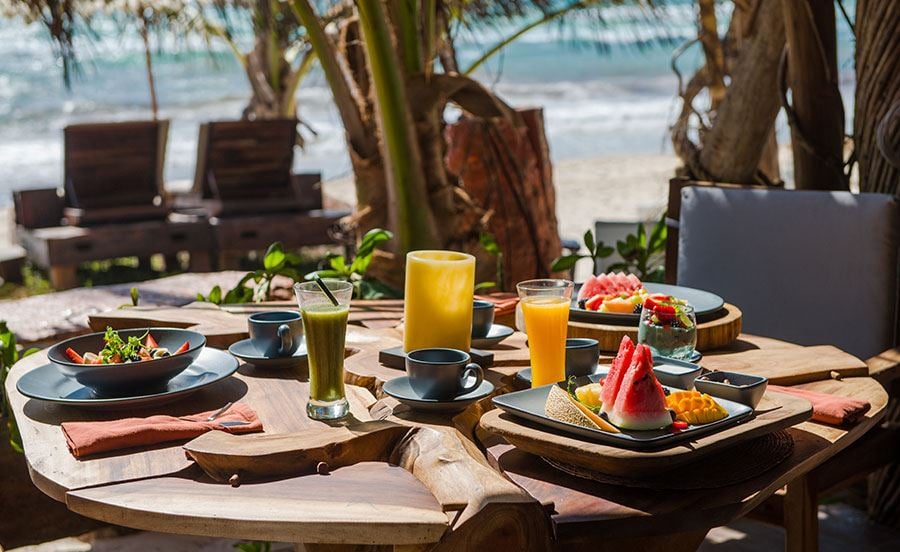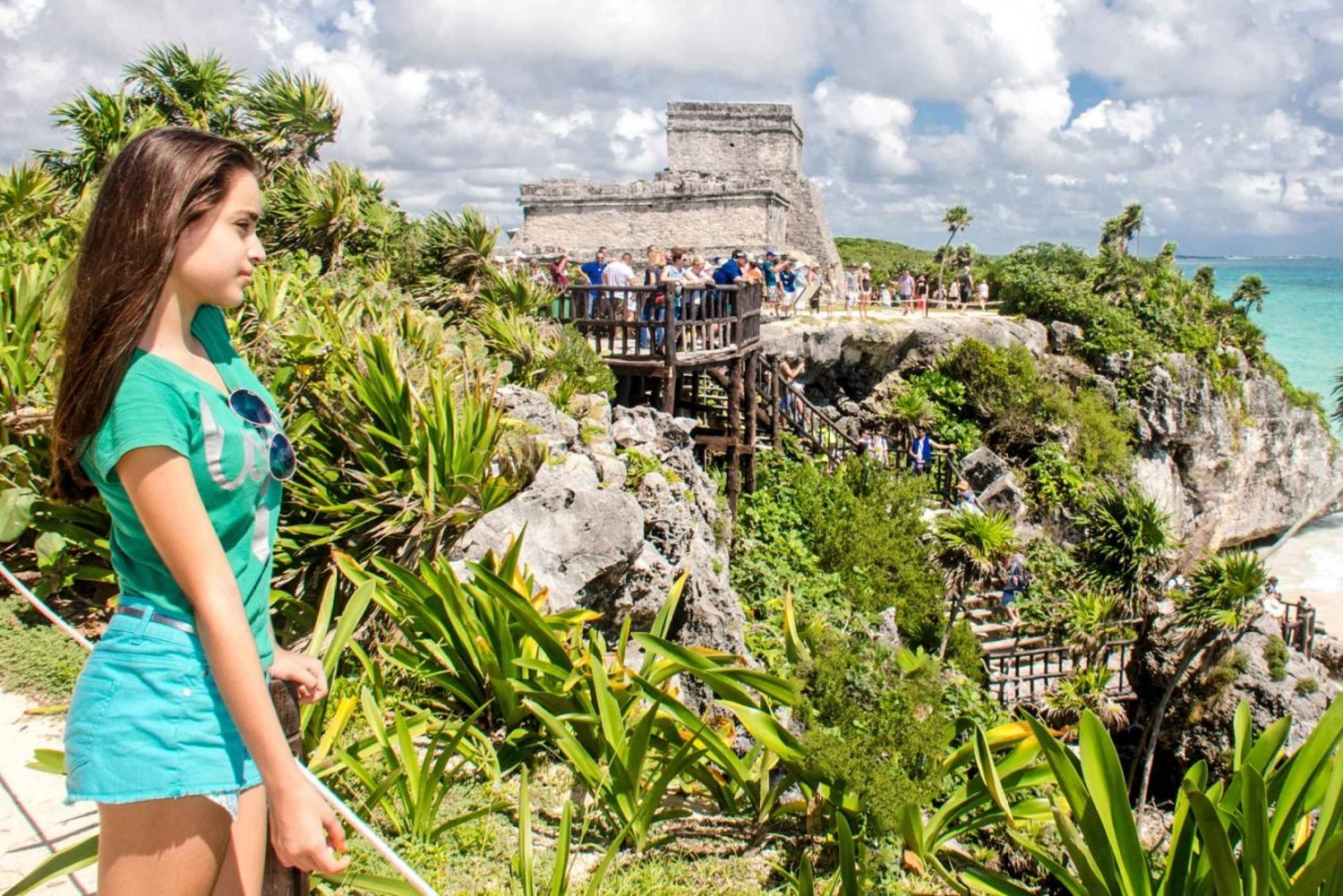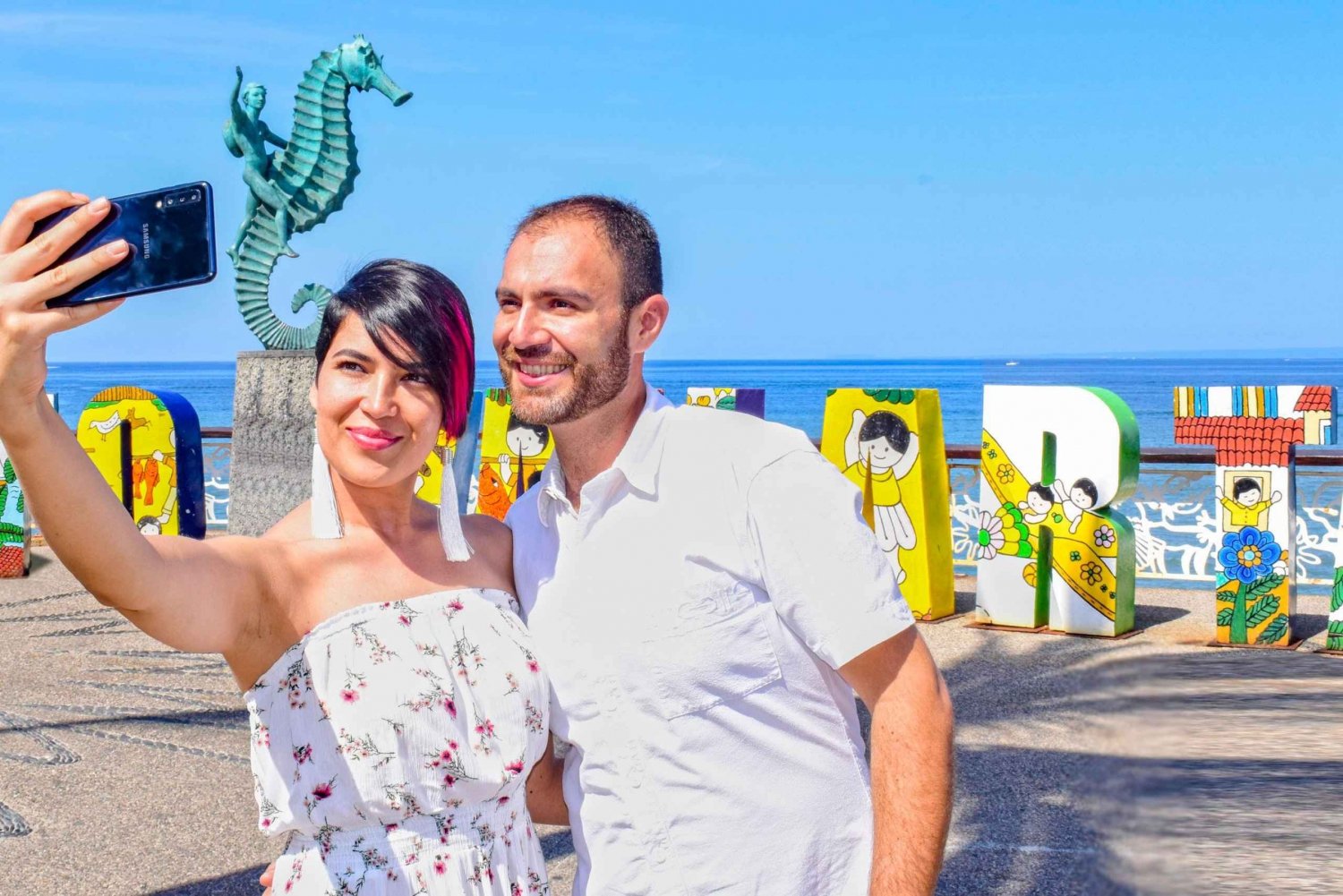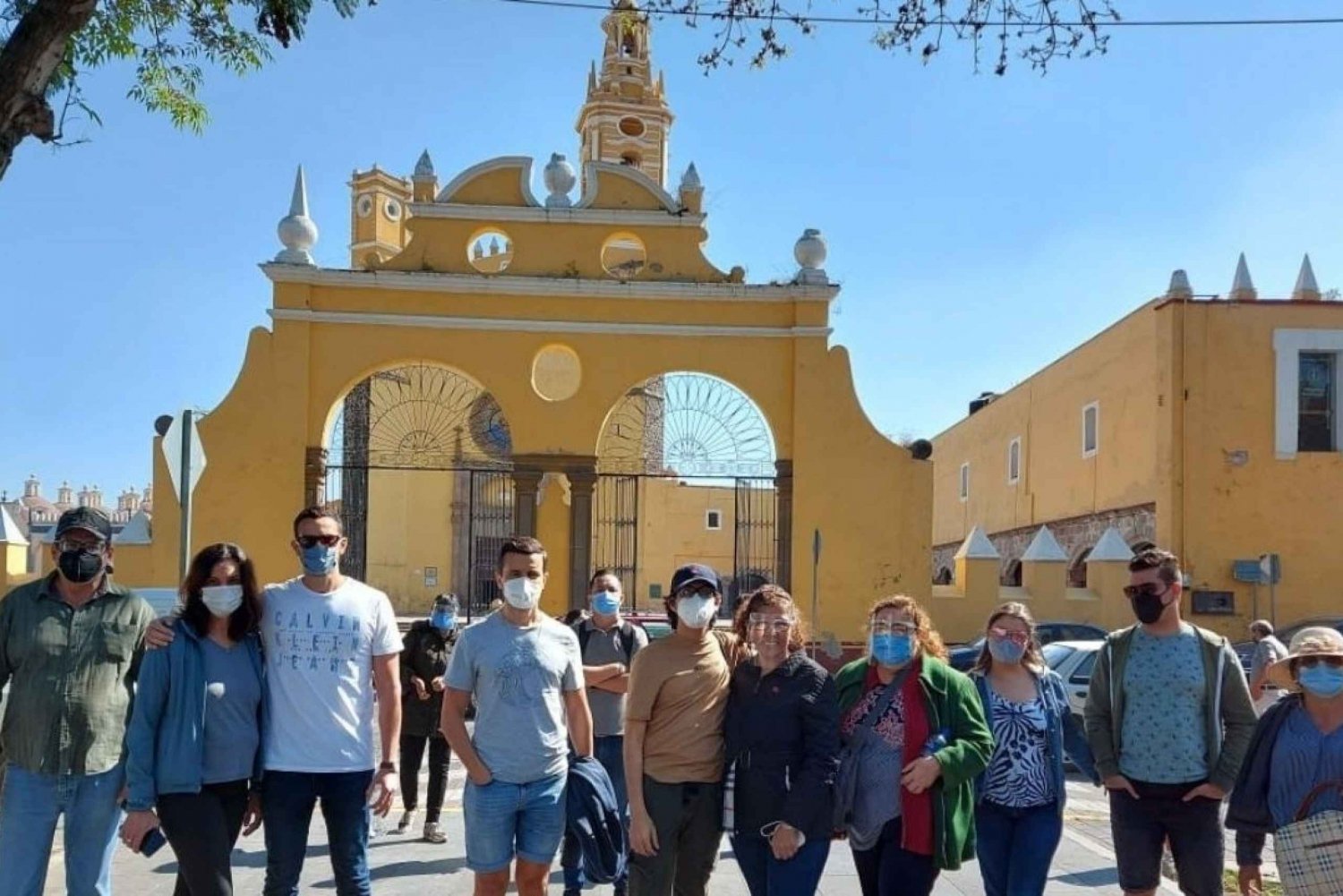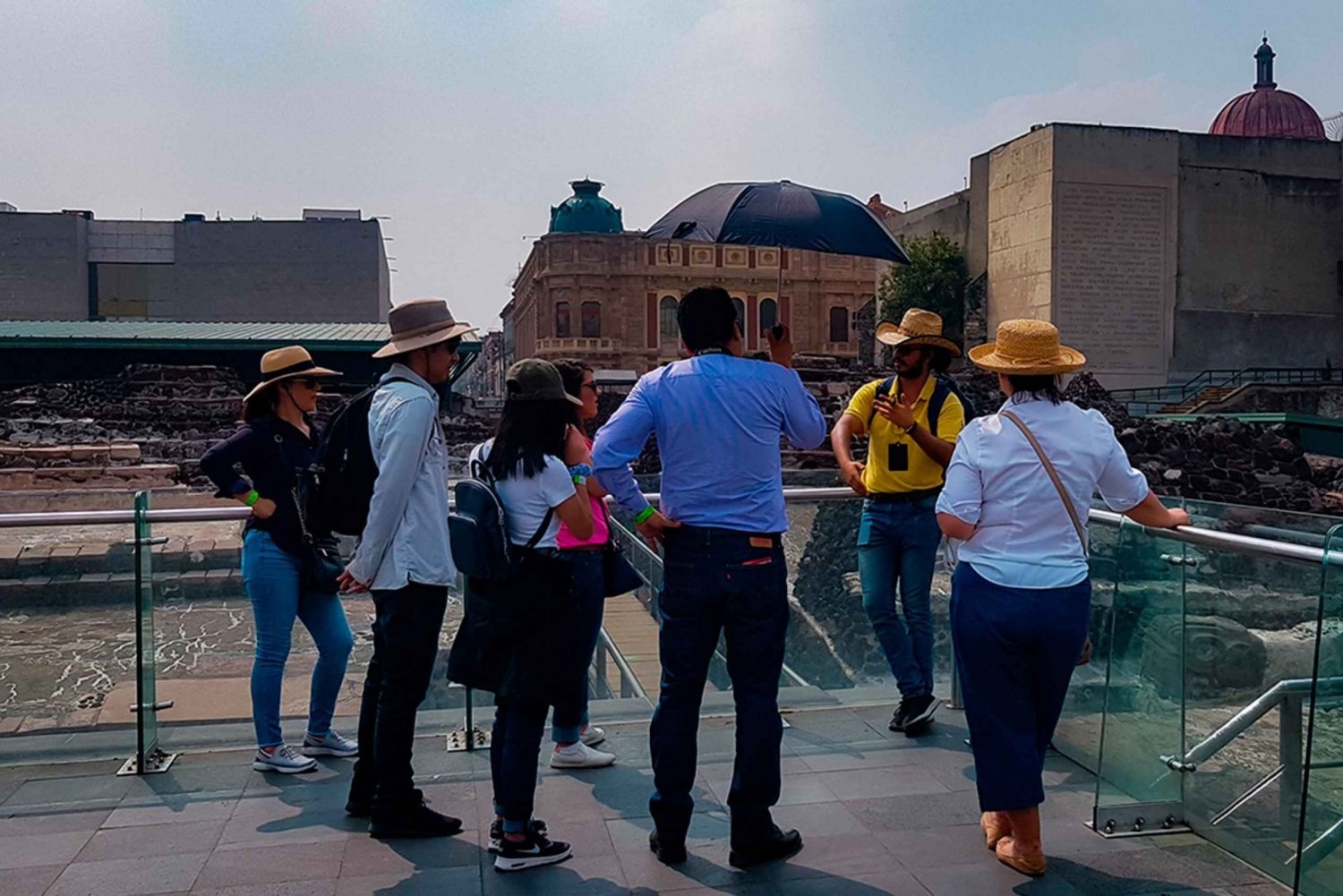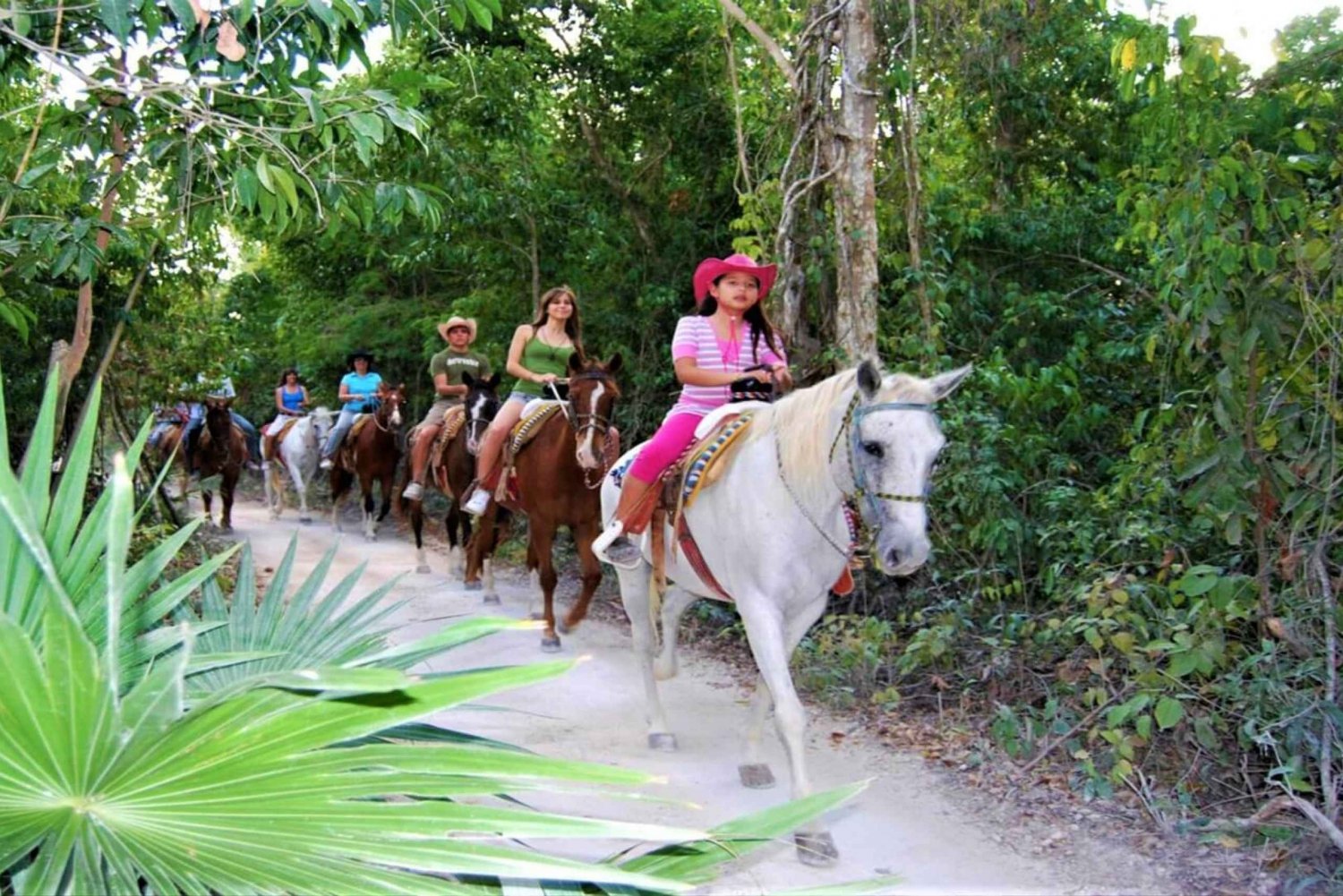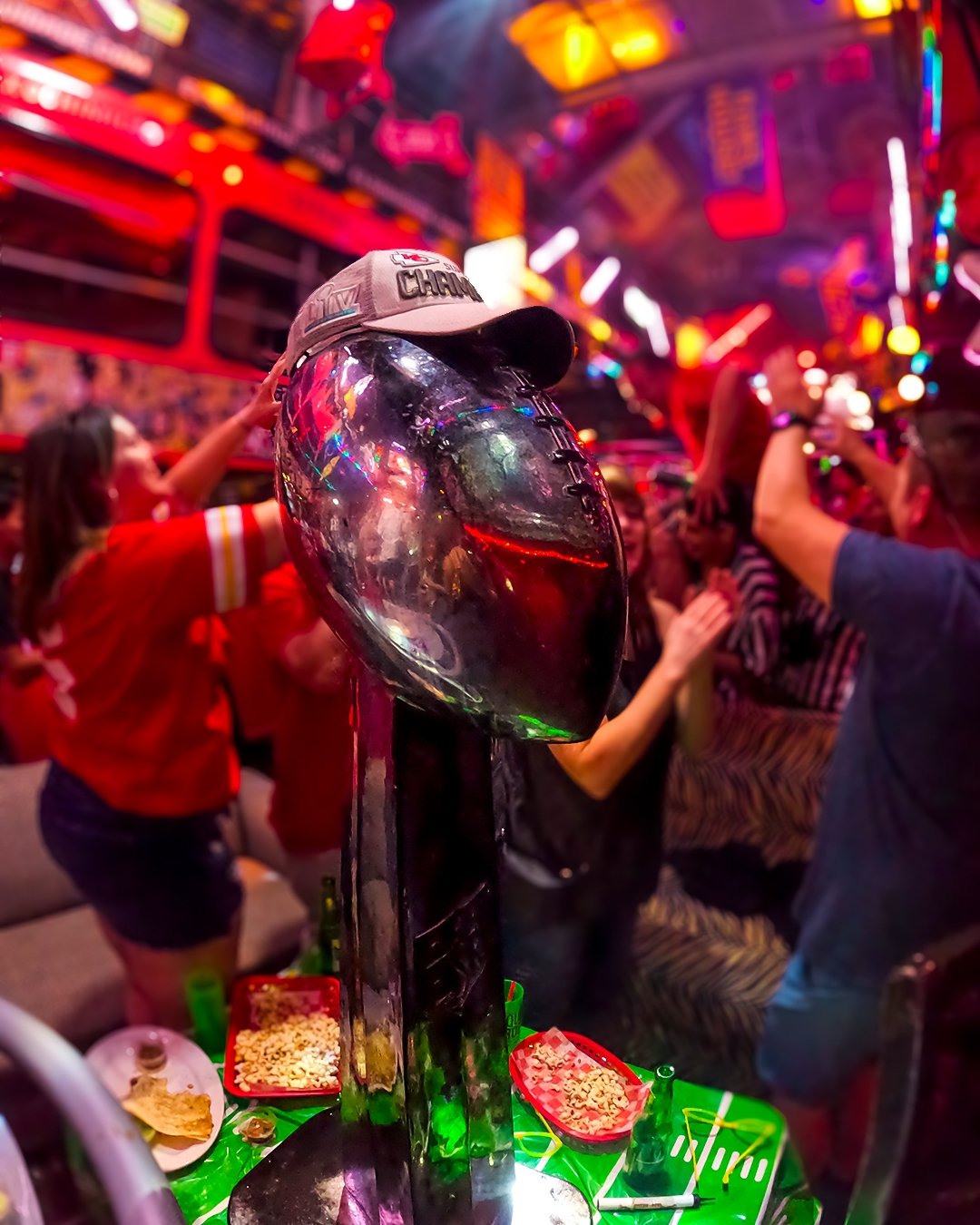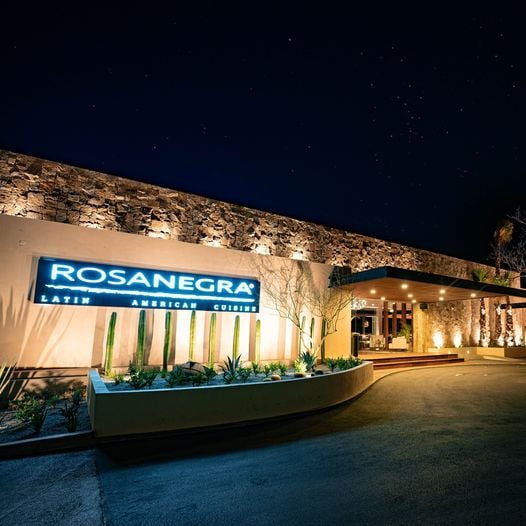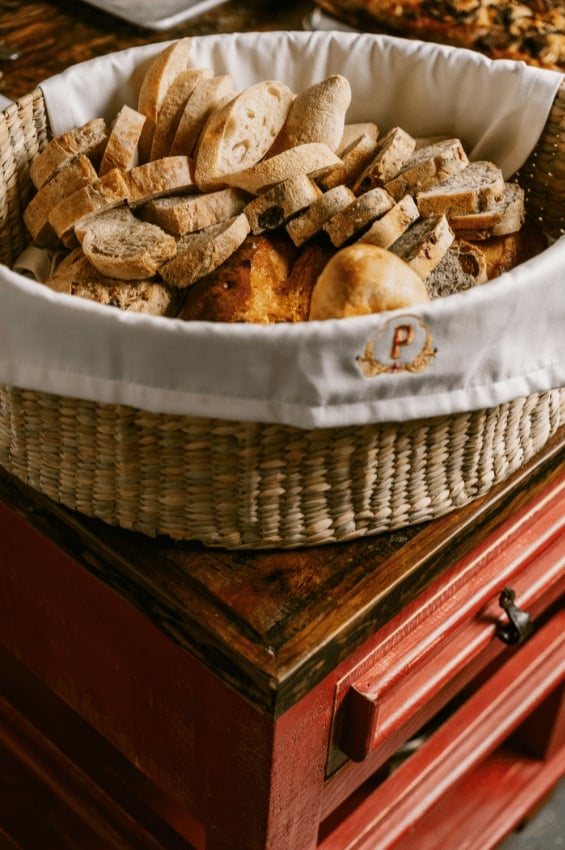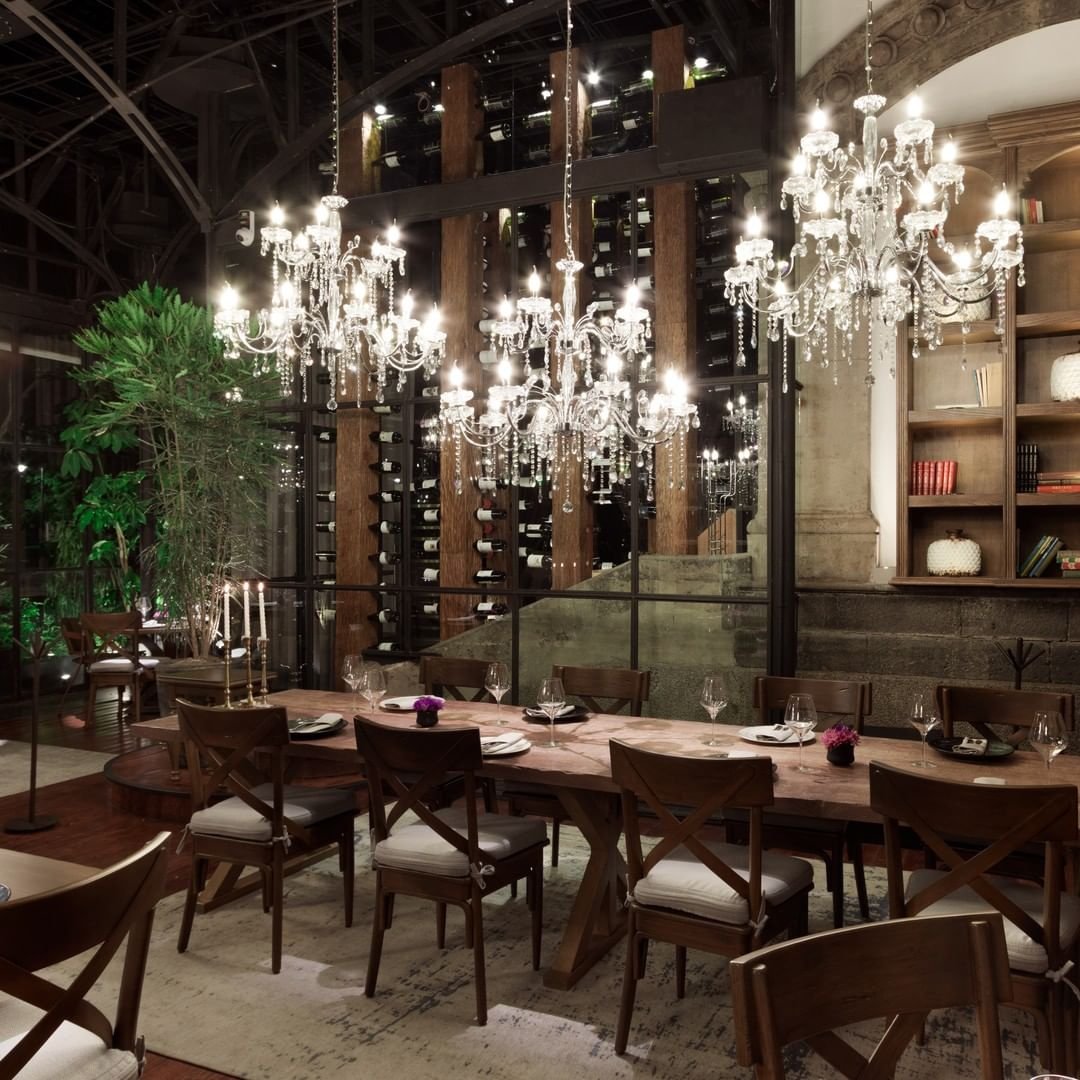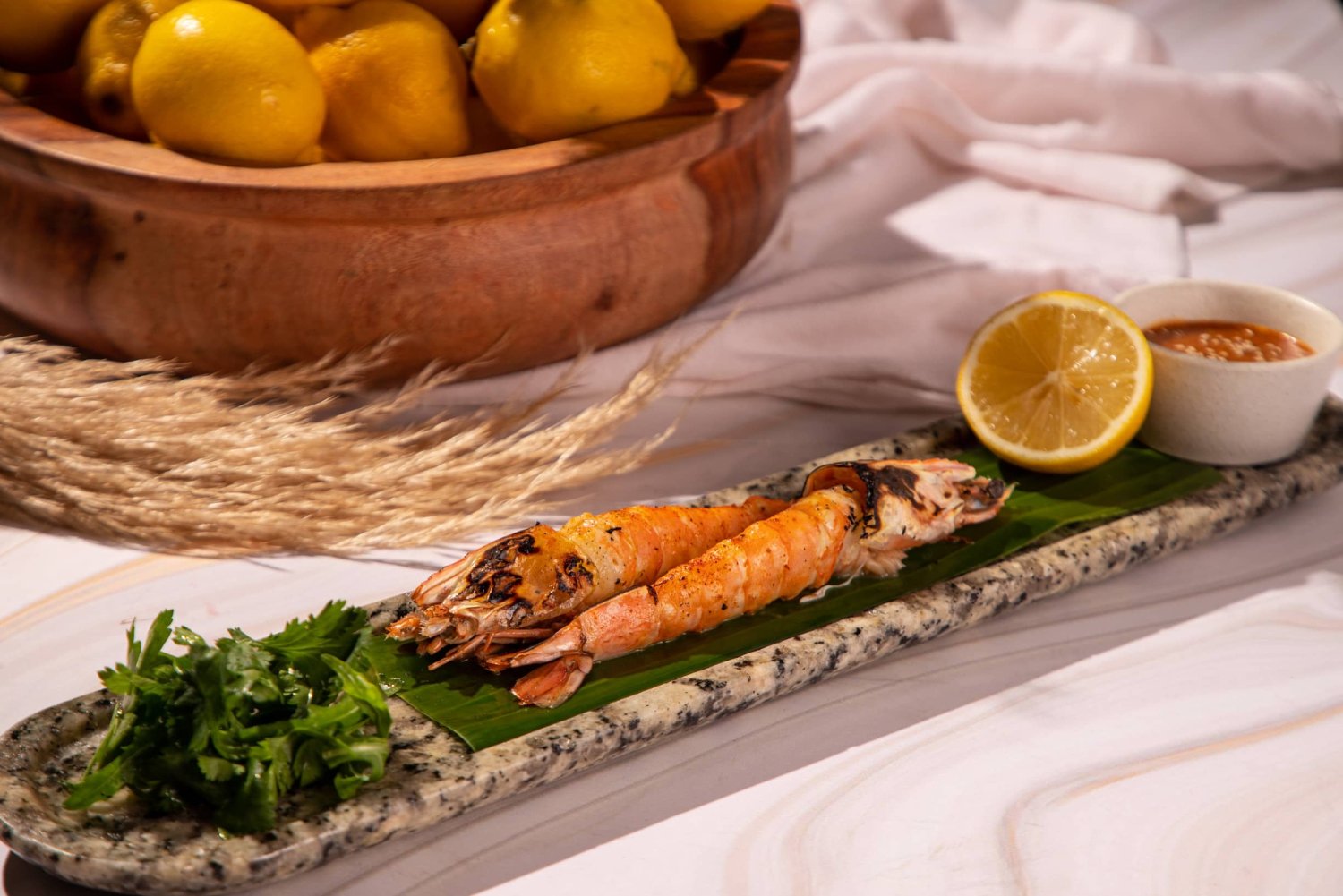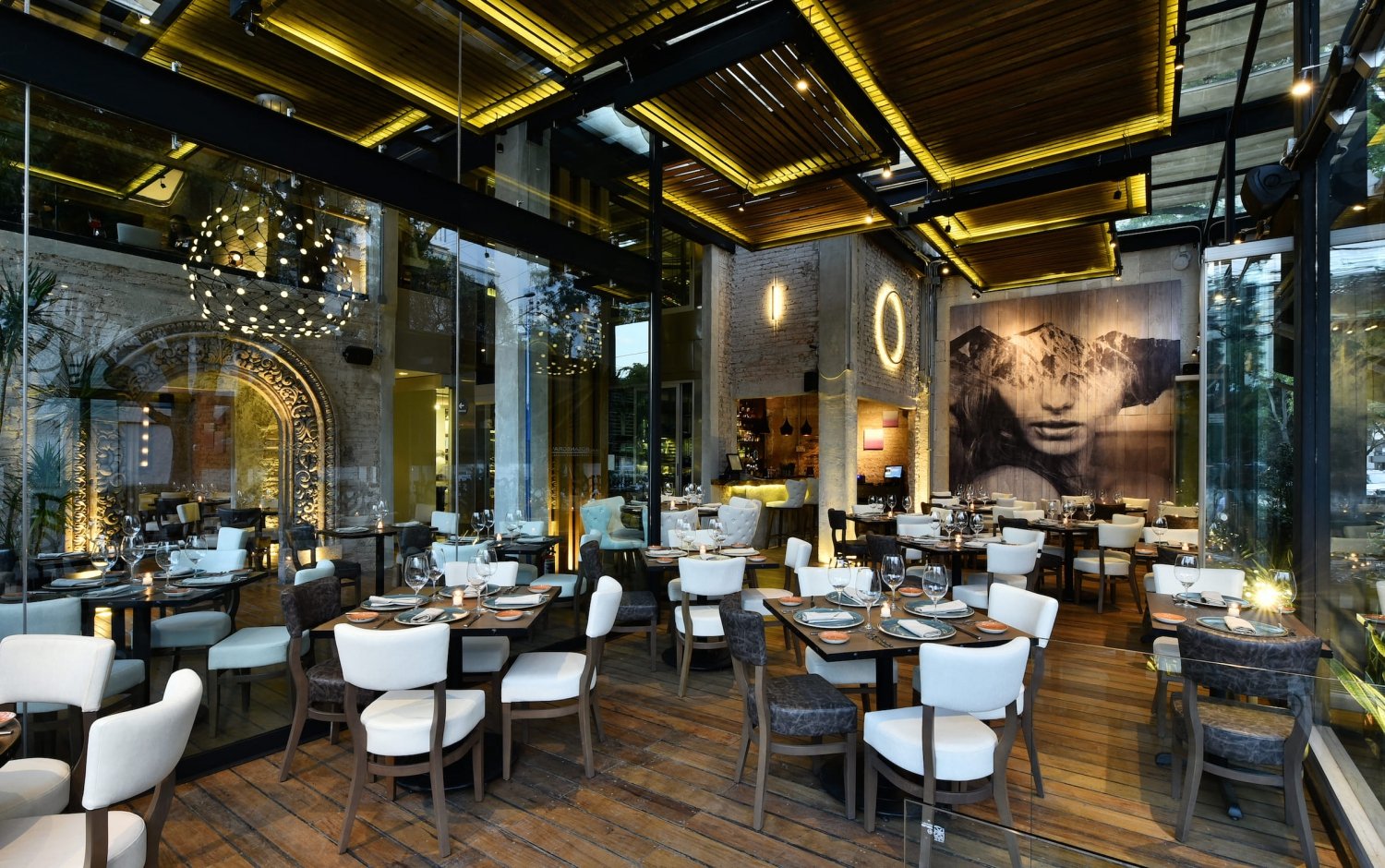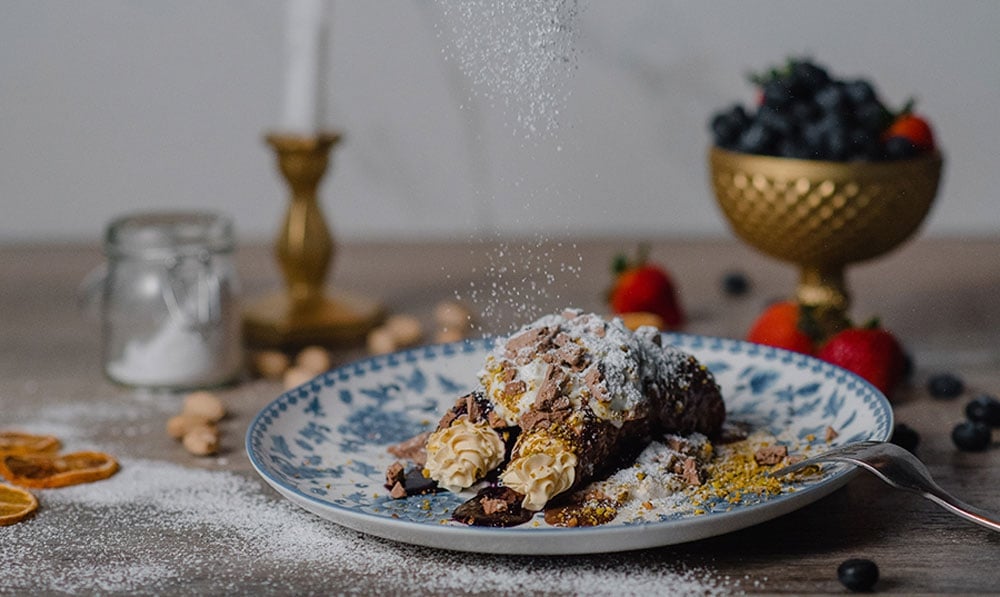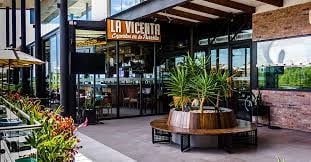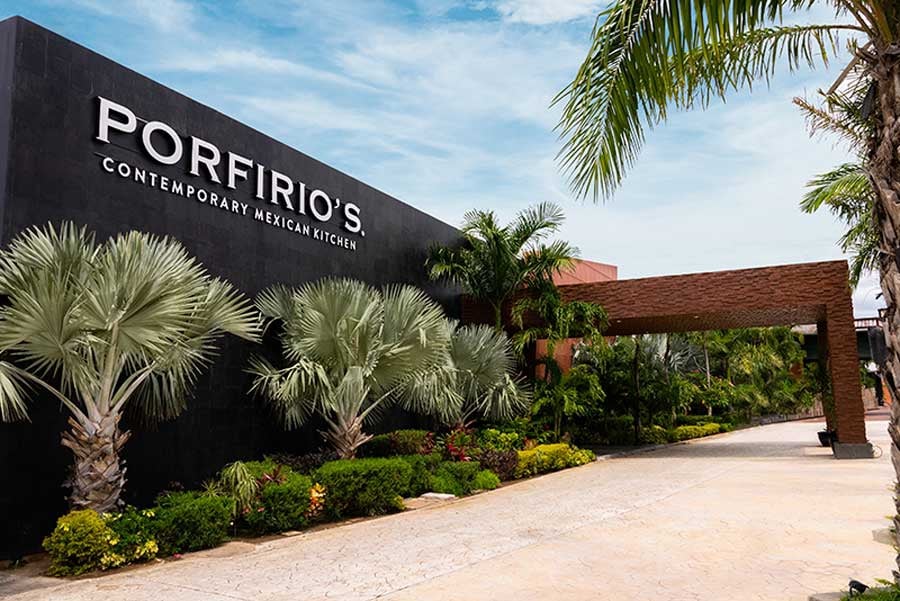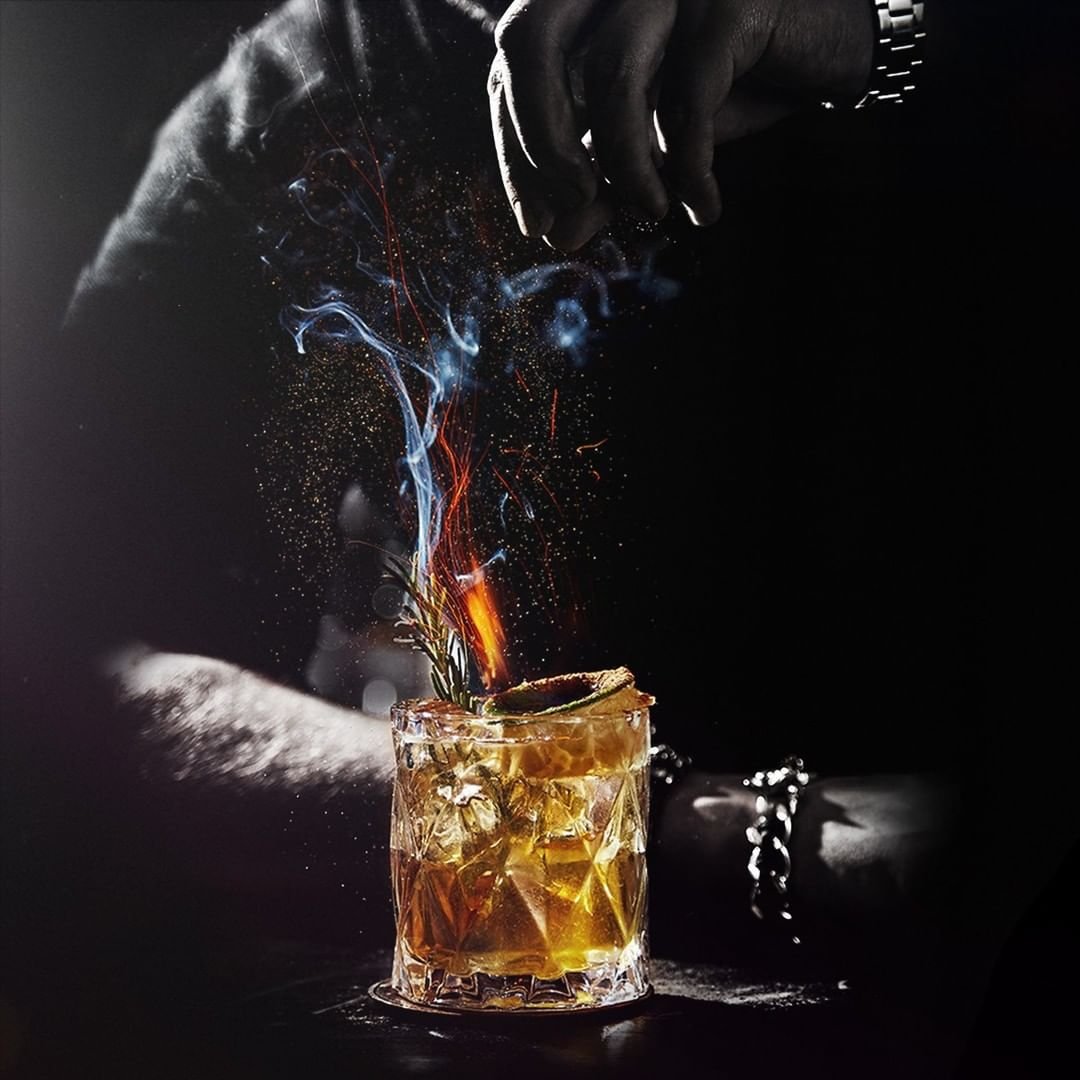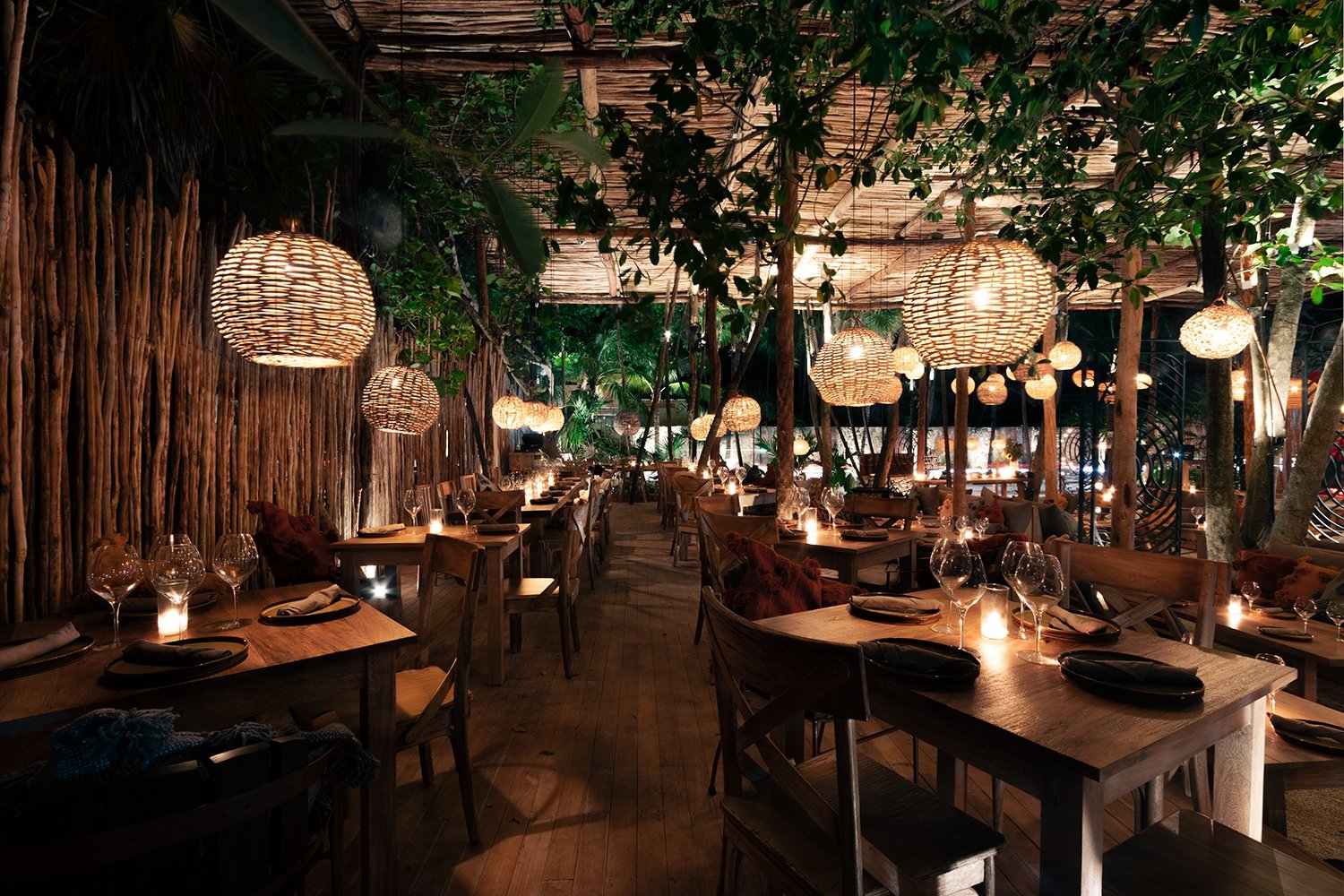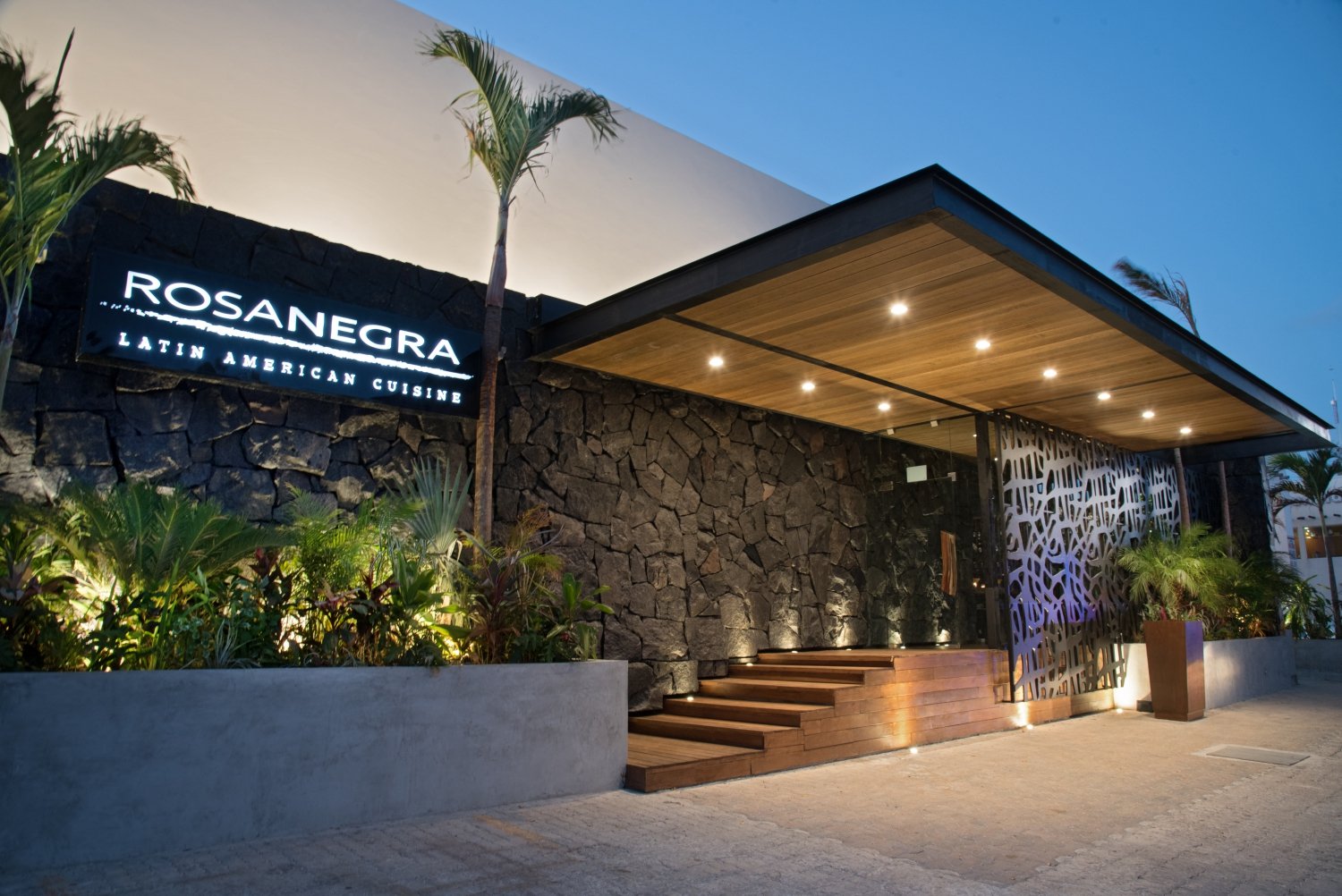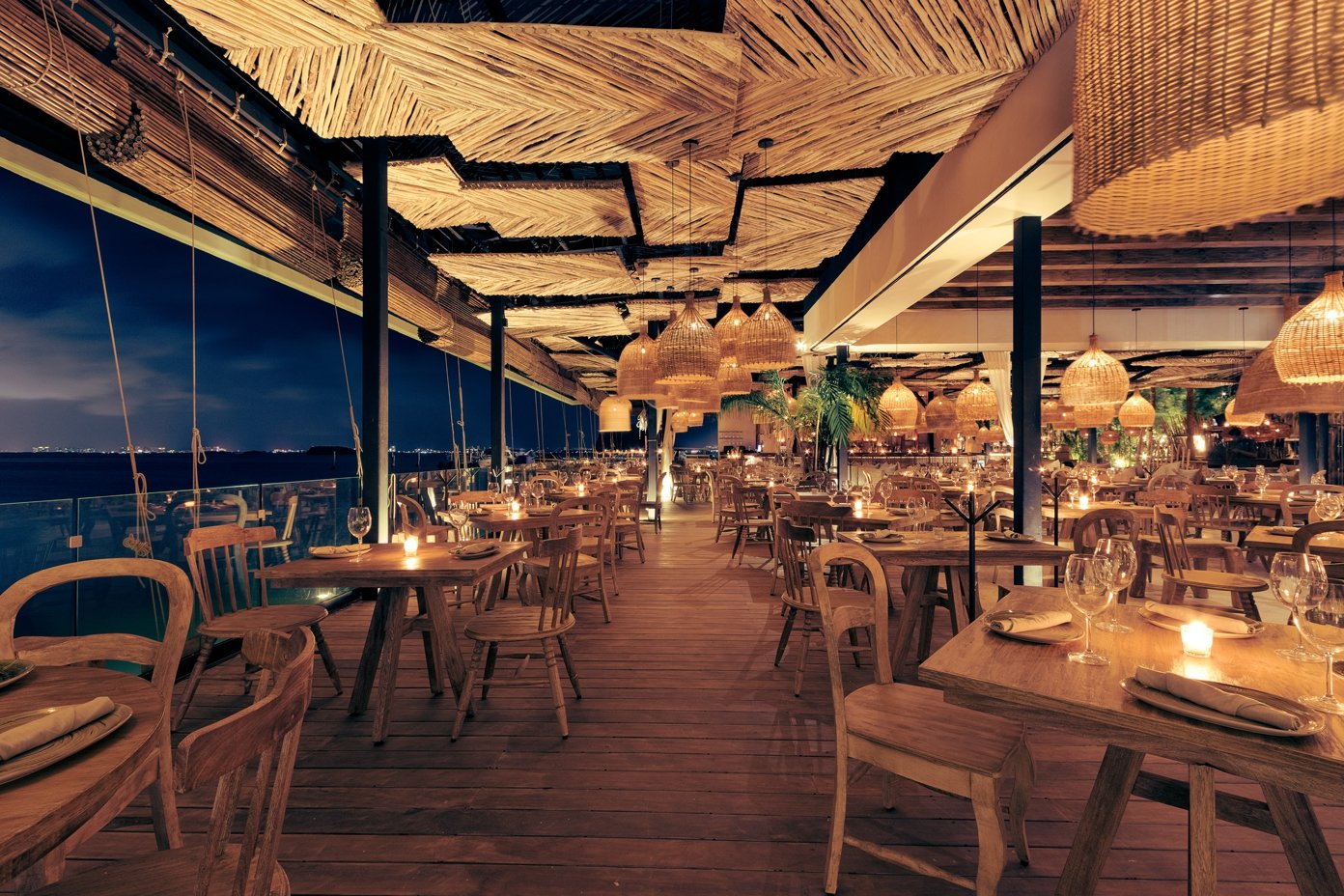Mexican cuisine: Tortilla - daily bread
Book Top Experiences and Tours in Mexico:
If youʻre booking your trip to Mexico last minute, we have you covered. Below are some of the top tours and experiences!- Sumidero Canyon Excursion from San Cristobal de las Casas
- Riviera Maya/Cancun: Chichen Itza, Cenote & Valladolid Tour
- From Panama City: 4 San Blas Islands Day Trip with Lunch
- From San Cristóbal: Agua Azul and Palenque Day Trip
- Cancun: Jungle Tour Adventure with Speedboat and Snorkeling
The fast food tortilla has even edges - a sign that it was prepared by a machine, not a human. Mostly fried and filled with infernally spicy meat, it is supposed to resemble a burrito from northern Mexico and Texas. What this dish has in common with the original is that the pancake is made from wheat flour. The tortilla, on the other hand, is made of corn masa. The Indians learned about wheat from the Europeans, and the Europeans discovered the taste of corn when they discovered America. Thus the flavours were exchanged. What they have in common is the form of a pancake baked on a hot plate.
The geometry of the pancake
The streets of Tenango del Aire, a town an hour's drive from Mexico City, resounded with music, the smells of Mexican specialities and the unique atmosphere of a fiesta. It was there that I saw tortillas being made for the first time. The women would tear off one small piece at a time from a huge lump of dough. I could not believe how quickly it spun in skilful hands, changing from a shapeless mass into a round cake. It seemed like child's play. I asked if I could try it. I was amazed at how soft the dough was, how sticky it was. The first time I tried it, it was an absolute fiasco and the Indian girls laughed. The second time I tried it, I managed to form a pizza base that was as thick as a circle and the jokes were endless. I was given a metal device. All I had to do was place the ball of dough in the foil. Place it on the lower part of the machine, press down the upper part. The pies came out evenly, but it took a few tries to get them out of the foil. They had slightly wavy edges - a sign that they were handmade. We threw them on a hot baking tray and they baked in no time. I found out that they taste completely different from the shop bought ones. They are served hot, wrapped in a cloth, so they don't cool down or dry out, and so they retain the unique aroma of fresh tortillas. That is why in large cities, bakeries sell the dough for tortillas, so that you can bake the pancakes yourself at home.
Old and New World
Zocalo - the heart of the largest metropolis in the world - Mexico City. It was named so by the conquistadors of Cortez - after the Mesquites, popularly known as the Aztecs. After their capital Tenochtitlan there was not to be a stone left unturned, they wanted to erase the smallest traces of the civilization that had astonished Europeans. The Presidential Palace and the cathedral stand next to the ruins of ancient pyramids and temples. In the square, rushing businessmen with briefcases pass shamans, tourists stop by dancing Indians. The smell of exhaust fumes mingles with the scent of roast meat and the faint aroma of corn cakes. From large baskets, women take out tostadas - tortillas baked to a crisp. They spread bean paste, add onions and pieces of tomato. Since time immemorial, corn cakes have been the daily bread of Mexico.
The frescoes in the ruins of pre-Columbian cities, which are being painstakingly studied by scientists, depict corn in countless ways. The time of sowing and harvesting was associated with festivals and sacrifices. The Mesquites believed that their ancestors were fashioned from corn dough and the blood of the gods. To this day, Mexicans still prepare their tortillas according to the divine recipe. Only that the blood has been replaced by water with lime. The corn kernels are soaked in it. This way, the inhabitants of pre-Columbian Mexico, where there was no milk, cows or cheese, ate the right amount of minerals. Maize prepared in this way does not require long cooking and retains all its vitamins. It is used to make nixtamal, a dough for tortillas. In pre-Columbian beliefs man and corn were one. In the same way, they died in order to be reborn and to survive thanks to the next generations. Maize was attributed with human feelings. Therefore, in order to relieve its fear of being cooked, words of encouragement were lifted to its mouth and whispered to the cobs. And still, when Mexicans ask in their prayers "Give us our daily bread, Lord," they think not of bulging loaves but of small corn cakes.


